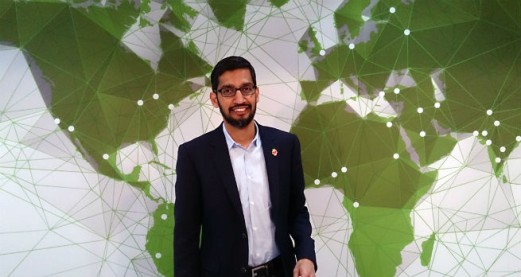 A Huawei watch
A Huawei watch
We have just spent a week visiting Shenzhen, China, to see the headquarters of one of the world’s most innovative and fastest-growing companies – Huawei. Since its founding in 1987, Huawei has grown to become one of the world’s largest telecoms companies, with revenue of $75 billion. Globally it employs 180,000 with nearly 60,000 of these based at the Shenzhen campus.
Our overall aim is to understand their global innovation practices.* We want to understand how management and governance arrangements support the demand for concurrently tightly knit, yet open, innovation networks. In particular we are interested in how they harness digital platforms in support of this global innovation practice. Understanding this is particularly important since Chinese firms must successful harness capital and talent beyond their borders (Fuller 2016) and since, given the diversity, scale, and adoption-willingness of the Chinese home market, innovation networks outside China will be attracted to take advantage of the “world’s biggest Petri dish for breeding world-class competition” (Yip and McKern 2016).
So how does Huawei achieve its amazing growth and success?
It was amazing to spend time digging into the practices of this successful fast-growing technology company. Away from our intense research activity, we became mindful of stark differences between Huawei and other Silicon Valley technology companies we have visited. We noted two things which we thought particularly interesting (acknowledging that many others have provided much more detailed analysis of Huawei’s management practices (e.g. Tao et al. 2016) which we do not aim to repeat or claim to validate).
Firstly, like many others across China, the employees of Huawei take naps at lunchtime. They have lunch in huge canteens then return to their cubicles, roll out camp beds kept hidden under their desks, and go to sleep (with the office lights turned out and blinds drawn). The whole company knows not to call between 1pm and 2pm, and so sleep is uninterrupted. Talking to an expatriate who now works there, it is “like taking a shower” – refreshing and revitalising, everyone ready for the afternoon. A downside is clearly that it extends the day in the office, though for many this would also allow them to travel outside commuter hours. But it provides a natural pause in the day, with time to reflect, pause and concentrate on afternoons tasks by reducing the mid-afternoon productivity slump. Naps might also be helped by the focus on tea rather than sleep-depriving espressos and flat-whites!
Secondly, alongside naps was a general lack of overt hubris and self-aggrandising. In the US and Europe, tech companies invest in amazing offices with slides, banners, bright colours, ping-pong tables, foosball tables etc. At Huawei, the offices felt much more like a university of young clever people – the furniture functional but personal, with each workstation organised with bags of tea, pot plants, posters and the roll-beds.
Rather than amazing (like Google’s offices) it felt homely, welcoming and personal. Plastic fruit and cheap toys hung from the ceiling as decoration – presumably put up by the employees themselves rather than interior-designers. Chairs were comfortable rather than “designer” and the focus was upon working efficiently rather than “jerking around” or having fun. It felt efficient, focused, and much more like the university campus’ that tech-companies work so hard to try to emulate. Huawei in Shenzhen was clearly a friendly, enjoyable place to work – albeit to work very hard.
* The author's research is funded by Huawei’s HIRP Open funding programme.
This article was originally published by LSE Business Review under a CC-BY-NC-ND licence



Rate and Review
Rate this article
Review this article
Log into OpenLearn to leave reviews and join in the conversation.
Article reviews